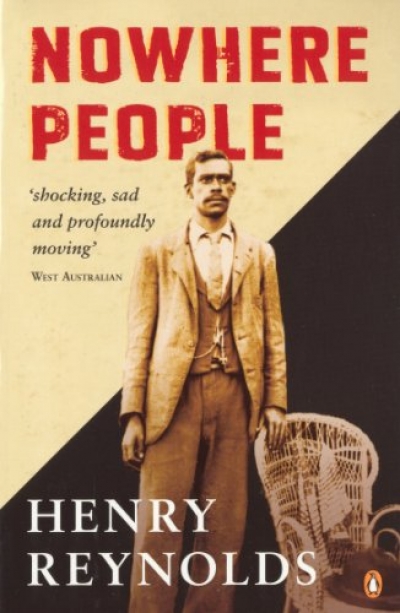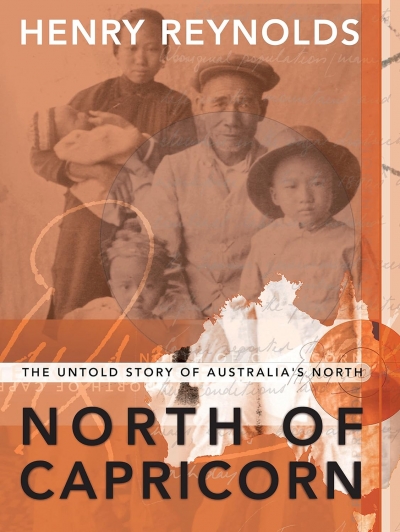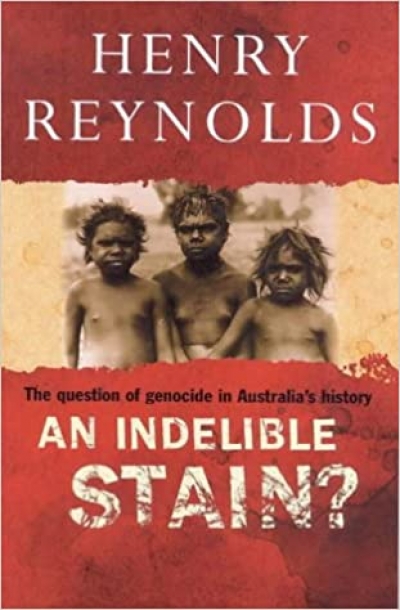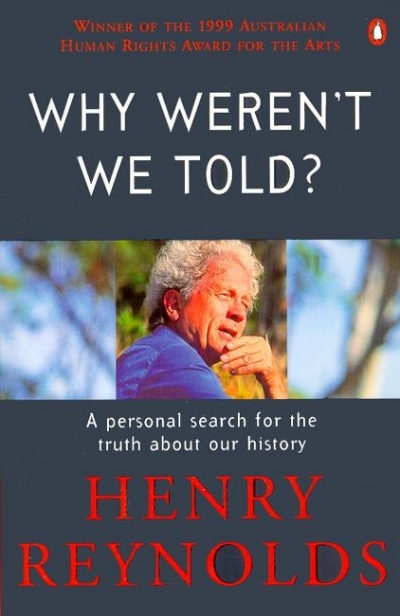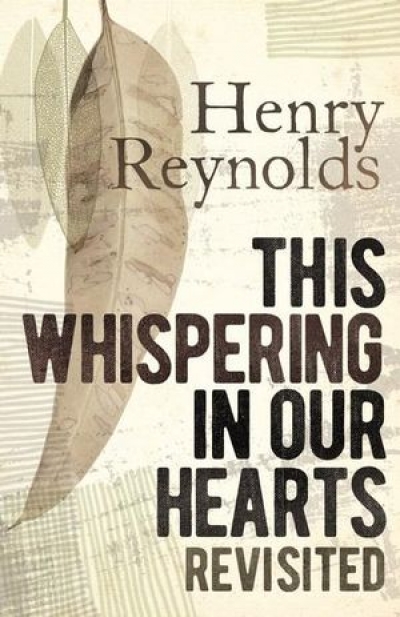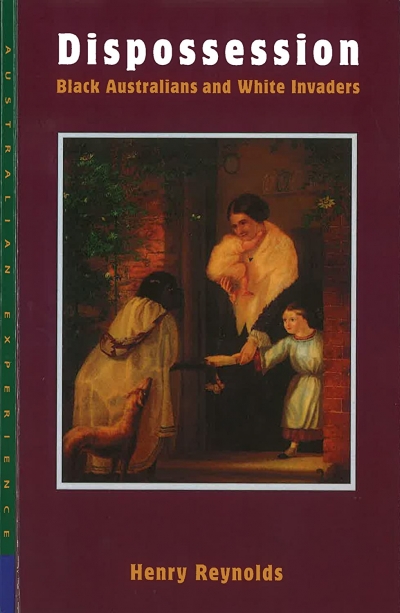Henry Reynolds
North of Capricorn: The untold story of Australia’s north by Henry Reynolds
An Indelible Stain?: The question of genocide in Australia’s history by Henry Reynolds
Why Weren’t We Told?: A Personal Search For The Truth About Our History by Henry Reynolds
Dispossession: Black Australians and white invaders by Henry Reynolds
These three books on Aboriginal European relations are a reminder that the process of rewriting the history of contact of Australian Aboriginals (or should one say Aboriginal Australians?) has come a long way since C.D. Rowley’s The Destruction of Aboriginal Society, the work which started it all twelve years ago. Each is important in its own way. Lyndall Ryan’s book (The Aboriginal Tasmanians, 315 p., $22.50) demolishes once and for all what the author calls ‘the myth of the last Tasmanian’: the still widely held belief that Tasmanian Aboriginals perished in 1876 when Truganini died in Hobart. Judith Wright’s work (The Cry For The Dead, OUP, 301 p., $19.95 hb), although essentially a story of the tragic struggle or the author’s squatter forbears, is one of the few attempts ever made to incorporate Aboriginal perspective into the history of pastoral expansion, to run the white and black ‘versions’ of events side by side. Henry Reynolds’s epoch-making book (The Other Side of the Frontier, Penguin, 255 p., $6.95 pb, first published in hardback by History Department, James Cook University, 216 p., $7.50 plus postage) documents and interprets’ some of the Aboriginal responses to European invasion and settlement during the nineteenth century. All three are well written, although The Cry for the Dead is at times a bit irritating and difficult to follow, largely because of the lack of appropriate maps. All attack traditional wisdom and are therefore inescapably political, dealing as they do with highly emotional issues which have aroused a great deal of passion ever since 1788.
... (read more)
